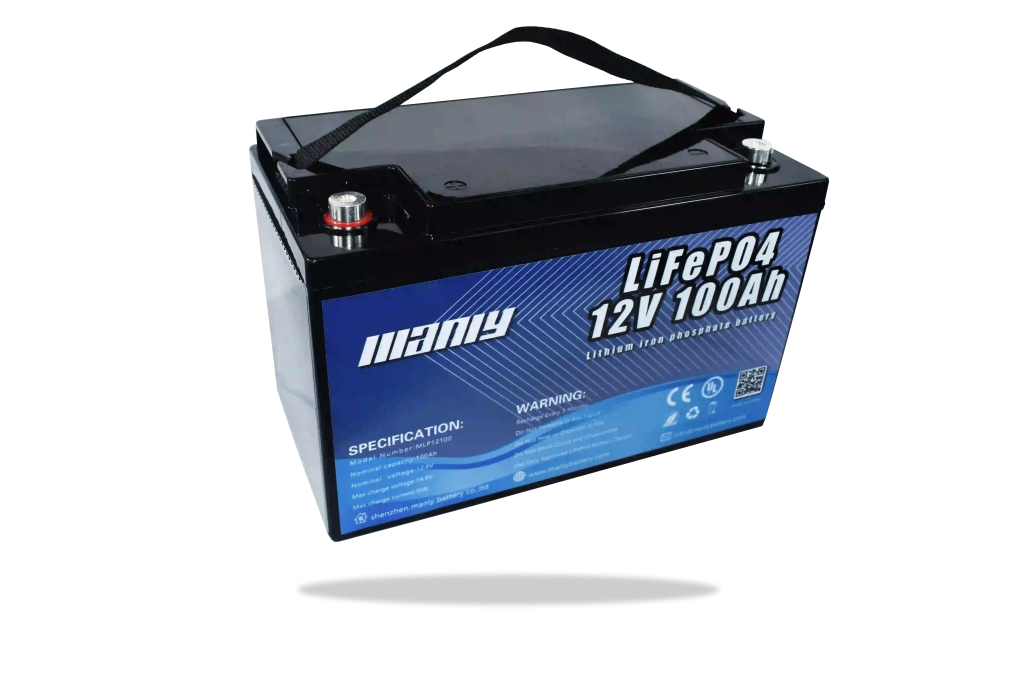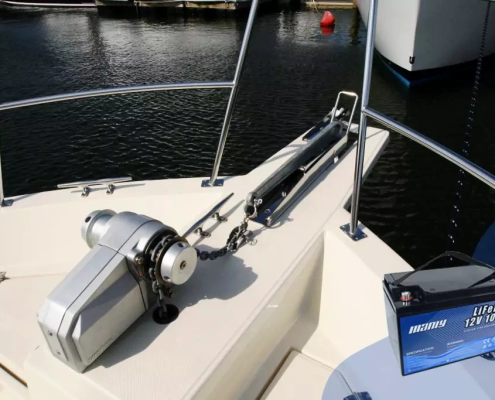100Ah vs 200Ah Battery Comparison: Cost and Safety
Table of Contents
This article compares a 200Ah battery to two 100Ah batteries across cost, safety, and environmental impact. We’ll analyze purchase and maintenance expenses, safety risks like thermal runaway, and the carbon footprint of battery production. Understanding these factors will guide a well-informed decision in choosing the right battery configuration.
100Ah vs 200Ah Battery: Cost
When choosing between a 200Ah battery and two 100Ah batteries, it’s important to consider both purchase and maintenance costs. Here’s a detailed comparison to help you make an informed decision.
Purchase Cost
A single 200Ah battery is generally more cost-effective than purchasing two 100Ah batteries. For instance, MANLY Battery offers a 12V 100Ah LiFePO4 battery for approximately $190, while a 12V 200Ah LiFePO4 battery costs around $390. This pricing shows that purchasing a single larger battery is cheaper than buying two smaller ones. The primary reason is that a lithium battery manufacturer can produce a single larger battery with fewer materials than two smaller ones. Two 100Ah batteries require more internal circuitry, additional casings, and separate battery management systems (BMS), which drives up the production cost. Consequently, this makes the overall price of two 100Ah batteries higher than a single 200Ah battery.
Maintenance Cost
Maintenance is another critical factor to consider. Maintaining two 100Ah batteries can be more challenging and expensive compared to one 200Ah battery. Each battery needs individual attention, and the more batteries you have, the more complex the maintenance becomes. For instance, balancing the charge between two separate batteries requires additional equipment and time, increasing both labor and material costs. Additionally, potential points of failure double, meaning more frequent checks and replacements.
Additional Costs
The additional components required for two 100Ah batteries also contribute to higher costs. For instance, two 100Ah batteries need more wiring and connections, which can increase installation expenses. Moreover, the space required for two batteries is greater than that for a single 200Ah battery, potentially adding to housing or storage costs.
In applications such as home energy storage and marine use, the benefits of a single 200Ah battery become even more apparent. Home energy systems often have limited space, making a single, larger battery more convenient and efficient. Similarly, in marine applications, where space and weight are crucial, a single 200Ah battery simplifies installation and maintenance, reducing the overall system complexity.
100Ah vs 200Ah Battery: Safety
When considering a 200Ah battery vs two 100Ah batteries, safety is a crucial factor. Here’s a detailed analysis focusing on the safety aspects.
Safety Considerations
A single 200Ah battery is generally safer than two 100Ah batteries connected in parallel. The complexity of connecting two batteries increases the risk of electrical faults and potential safety hazards. For instance, two 100Ah batteries connected in parallel require more wiring, which can lead to increased resistance and potential overheating. This added complexity can introduce inefficiencies and safety risks.
Risks of Thermal Runaway
One significant safety concern with batteries is thermal runaway. This occurs when a battery’s temperature rises uncontrollably, often leading to a self-sustaining reaction that can cause fires or explosions. When two 100Ah batteries are connected, the risk of thermal runaway increases. If one battery fails, it can cause adjacent batteries to overheat, triggering a chain reaction. The likelihood of such incidents is lower with a single 200Ah battery, reducing the overall risk of catastrophic failure.
Failure Probability
Having two batteries instead of one also doubles the chances of failure. With two 100Ah batteries, each with its own circuitry, there are more components that could potentially fail. This not only increases the risk of malfunction but also complicates troubleshooting and repair processes. In contrast, a single 200Ah battery has fewer points of failure, simplifying maintenance and enhancing reliability.
Efficiency and Losses
Connecting two 100Ah batteries in parallel can lead to inefficiencies. The longer and more complex wiring required can result in power losses. These inefficiencies not only reduce the overall performance but also introduce more points where issues could arise, increasing the potential for safety problems.
Environmental Impact: 100Ah vs 200Ah Battery
When evaluating the 200Ah battery vs two 100Ah batteries in terms of environmental impact, it’s essential to consider the carbon footprint associated with battery production.
Carbon Footprint Analysis
According to recent data, the production of batteries generates approximately 150 to 200 kilograms of CO2 per kWh produced. This figure reflects the global energy mix, where fossil fuels constitute a significant portion (50% to 70%) of electricity generation. This substantial carbon output underscores the environmental consequences linked to manufacturing batteries, regardless of type.
Comparative Environmental Impact
Using a 200Ah battery instead of two 100Ah batteries can potentially reduce the overall carbon emissions associated with battery production. While the exact carbon savings depend on specific manufacturing processes and materials used (such as lead-acid versus lithium-ion), consolidating energy storage into a single unit generally reduces the total manufacturing-related CO2 emissions.
Sustainable Considerations
Opting for a 200Ah lithium-ion battery, which typically offers higher energy efficiency and longer lifespan compared to lead-acid counterparts, aligns with sustainable energy storage practices. Lithium-ion batteries not only have a lower carbon footprint per unit of energy stored but also contribute to reducing greenhouse gas emissions over their operational lifetime.
Conclusion
In conclusion, selecting the right battery configuration involves balancing upfront costs with long-term savings. Opting for a 200Ah battery typically proves more cost-effective due to lower initial purchase prices and reduced maintenance complexities. Moreover, consolidating energy storage into a single unit not only streamlines installation but also minimizes environmental impact, making it a sustainable choice for various applications.
FAQ
Is it better to use two 100Ah batteries or one 200Ah battery?
It’s generally better to use a 200Ah battery over two 100Ah batteries. A single 200Ah battery offers lower purchase and maintenance costs due to reduced materials and simpler management. It also lowers safety risks like thermal runaway and decreases environmental impact by reducing carbon emissions from production. Consolidating energy storage into one unit simplifies maintenance and enhances reliability, making it a more efficient and sustainable choice overall.






